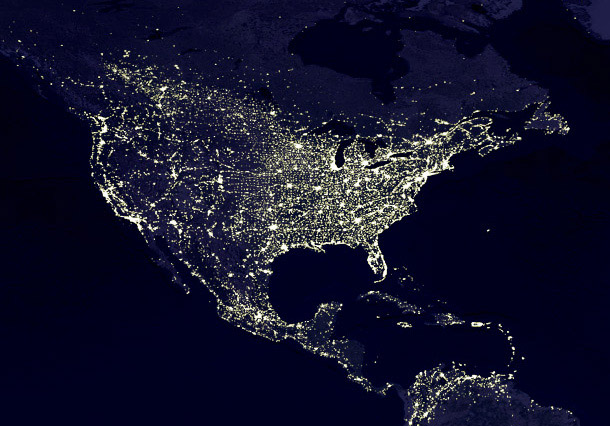The science is settled. Nuclear technology provides the cleanest, most reliable, and potentially least expensive form of energy for the planet – far cleaner than wind or solar.
South African nuclear scientist Kelvin Kemm calls nuclear power the cleanest, greenest, and safest form of power production. While the 30-year-old Koeberg nuclear provides his country’s cheapest energy, small modular reactors, particularly 100- to 200-megawatt pebble bed reactors, can also use abundant, safe thorium, which cannot be weaponized.
Even controversial climate activist Michael Mann has asserted that it is ridiculous that solar, wind, and fossil fueled generation actually emit more radiation and contamination to the environment than nuclear power plants. Gaia hypothesis creator James Lovelock and climate activist and NASA scientist James Hansen also praise nuclear energy.
Yet Germany and other nations are running quickly away from nuclear, and Bernie Sanders and Elizabeth Warren have pledged, pursuant to the Green New Deal, to shut down America’s existing nuclear energy plants. A 2016 Gallup poll – 5 years after the Fukushima meltdown – found 54 percent of Americans opposed nuclear energy.
Gallup interpreted the poll results to mean that the perceived abundance of other energy sources and low energy prices – not safety concerns – are the chief reasons people are rejecting nuclear. But that may not be quite accurate.
Environmentalist author Michael Shellenberger, founder of Environmental Progress, wrote in Forbes, that “Every major study, including a recent one by the British medical journal Lancet, finds the same thing: Nuclear is the safest way to make reliable electricity.”
Shellenberger recalls that President Eisenhower, in his 1953 “Atoms for Peace” speech, proposed using nuclear energy to redeem humankind for having brought such an awful technology into existence. Eisenhower proposed mobilizing experts “to apply atomic energy to the needs of agriculture, medicine and other peaceful activities … to provide abundant electrical energy in the power-starved areas of the world.”
Shellenberger asks, “How did we go from the glamour of nuclear power in the 1950s to the fears that surround the technology today?” Once, hope-filled scientists like Oak Ridge National Laboratory Director Alvin Weinberg could visualize nuclear energy ending world hunger.
But, he explains, Malthusians and Deep Ecologists saw cheap and abundant energy as bad news. In 1950, scientist and eugenicist Harrison Brown moaned that humankind “would not rest content until the earth is covered completely, and to a considerable depth, with a writhing mass of human beings, much as a dead cow is covered with a pulsating mass of maggots.”
Environmental groups, led by the Sierra Club, immediately began a never-ending to frighten the public campaign. A 1974 Sierra Club document bragged, “Our campaign stressing the hazards of nuclear power will supply a rationale for increasing regulation and add to the cost of the industry.”
The results of this campaign impacted government support for nuclear energy. As Shellenberger explains, “Instead of encouraging the public to stay calm and carry on [after the rare nuclear accidents], governments freaked out, and evacuated hundreds of thousands of people.”
M.I.T. nuclear engineer Richard Lester states that a company proposing a new reactor design faces “the prospect of having to spend a billion dollars or more on an open-ended, all -or -nothing licensing process without any certainty of outcomes.” Meanwhile, China and South Korea build reactors at one-sixth the current cost in the U.S.
Ian Nemelka of Strata.org condemned “opportunistic lawmakers and the Nuclear Regulatory Commission (NRC)” for playing on fears to enact policy so restrictive it has nearly eradicated any new nuclear development. Nemelka says the licensure process is far too expensive and lengthy to justify risky investments, and older nuclear power plants are thwarted by new operational requirements long before reaching their life expectancy.
Chemist Ashutosh Jogalekar wrote in Scientific American in 2013 that “the large-scale adoption of nuclear energy in the U.S. has been thwarted more by political inertia and gut fears rather than by a sound assessment of the costs and benefits. The high costs are mostly capital and have stemmed from unrealistic standards and layers of bureaucracy.”
Can these fears and biases be overcome in the face of growing support for nuclear energy from the entire political spectrum?
President Trump claims his regulatory rollbacks for other industries have created jobs and boosted the U.S. economy with few environmental downsides. He has proposed similar changes to rules governing nuclear power plants. But who will win this battle? The antinuke crowd or the scientists and humanitarians who visualize affordable, safe, and reliable nuclear energy?
The answer depends on us.
